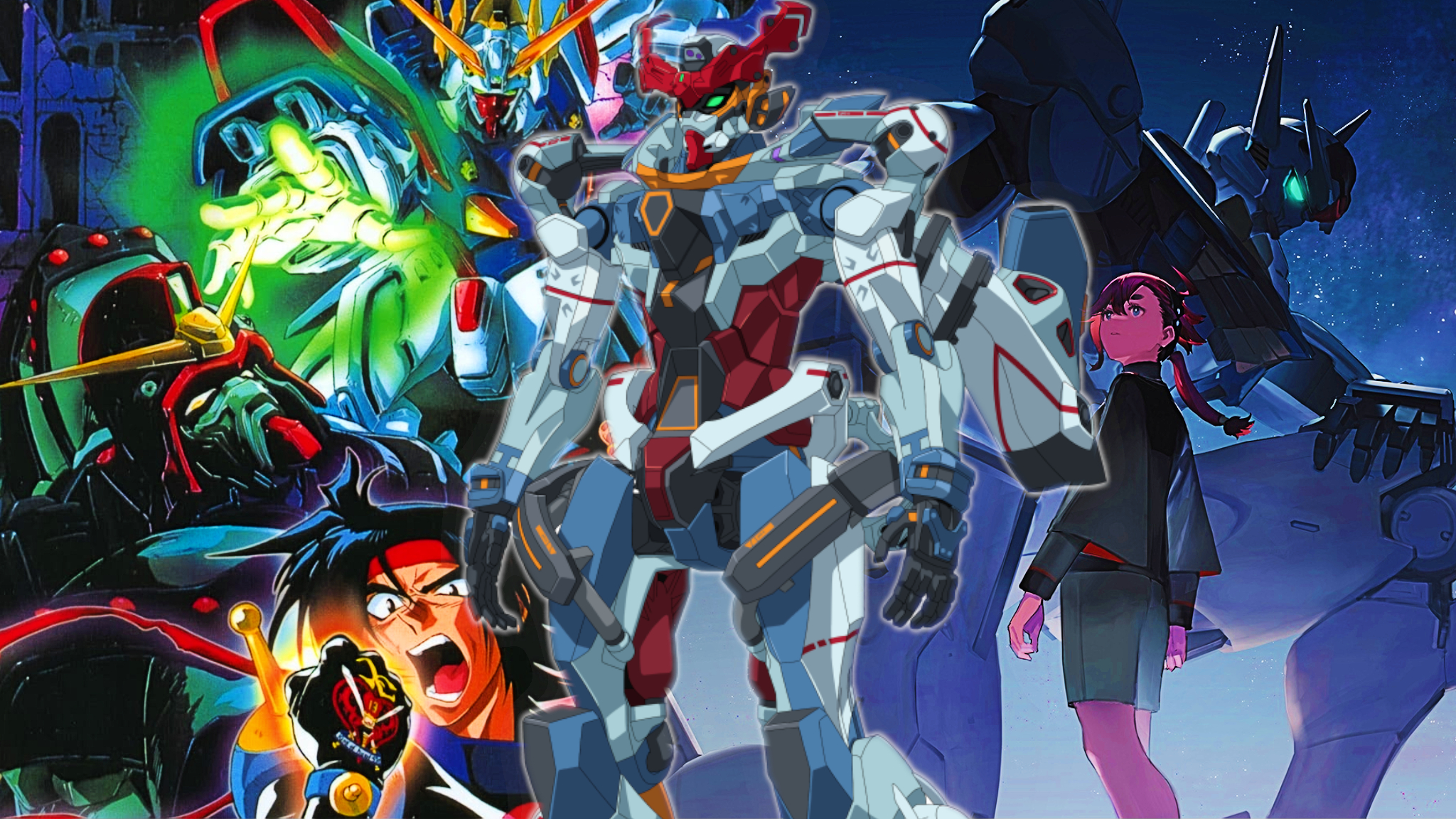
Gundam is often considered the ultimate mecha (giant robot) series due to its widespread popularity. When people envision a Japanese giant robot, they usually picture Gundam, or sometimes confuse it with Transformers. However, since the franchise has been active for almost five decades, choosing which Gundam anime to watch can be overwhelming for casual fans due to the various timelines, characters, and unique styles it presents.
If you’re overwhelmed by the numerous shows out there, but particularly fond of mecha genres, don’t forget to add Gundam to your watchlist. Although some Gundam series are continuations of previous entries, most can be enjoyed independently. You can find these shows on streaming platforms like Crunchyroll and Hulu. With its rich storylines and deep connections to the mecha genre, diving into the Gundam franchise is an experience every fanatic should have. The best Gundam anime are those that draw in fans and make them more invested in the larger franchise, appealing especially to enthusiasts of the mecha genre.
Mobile Suit Gundam
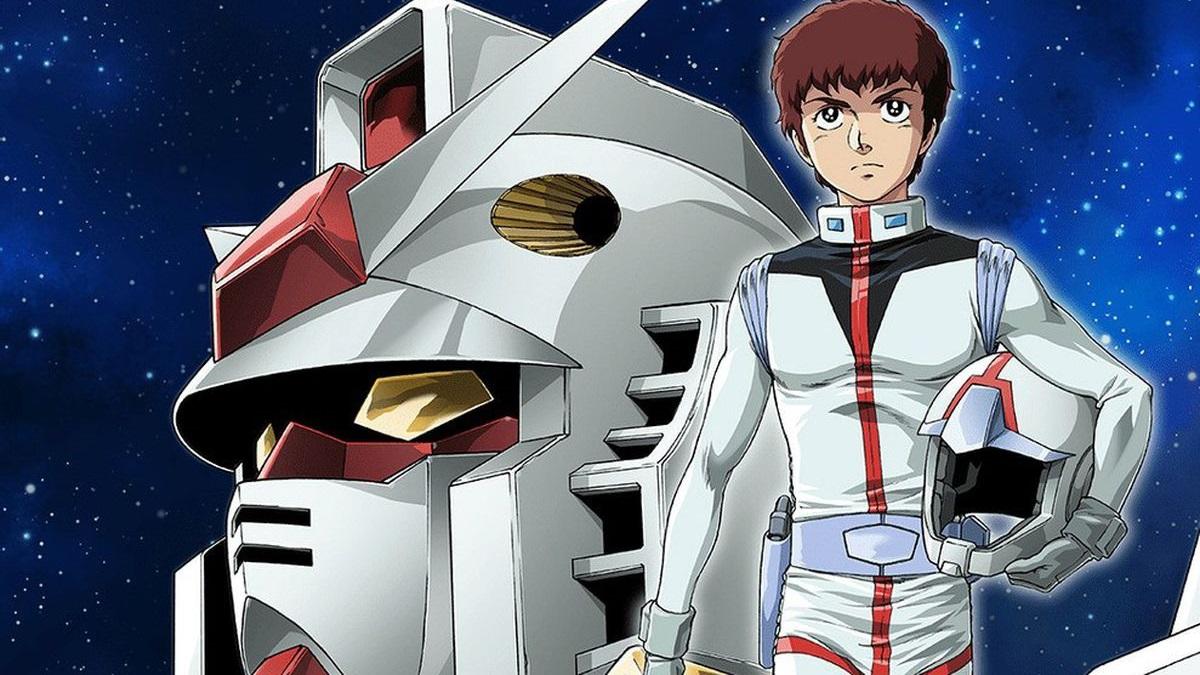
Many times, it’s best to jump right in where it all began. The first “Mobile Suit Gundam” anime from 1979 may seem dated with its old-fashioned animation and flamboyant late ’70s styles, but beneath the retro veneer lies a heartfelt series that critiques the dark side of war and the military. It challenges the morality of allowing teenagers to control colossal robots. This show pioneered the mecha genre, particularly the real robot sub-genre. It moved away from the rosy outlooks of ’60s and ’70s futurism; instead, “Gundam” aimed to provoke thought about the true essence of war.
For those new to 70s animation, especially Gundam, it can be quite an extensive watch. However, what might have been a ratings flop in Japan found new life through a series of three compilation films released in the early 80s. If you find the idea of watching 43 episodes from the ’70s daunting, the film trilogy could make for a more digestible experience instead.
Mobile Suit Zeta Gundam

In essence, watching Mobile Suit Zeta Gundam might be a richer experience if you’ve seen the original series, Mobile Suit Gundam, first. While it’s not absolutely necessary to watch the original before diving into Zeta Gundam, doing so can enhance your understanding and appreciation of the sequel. The tone and themes in Zeta Gundam build upon those established in the original, presenting a darker, more pessimistic narrative. Topics such as government overreach and cover-ups are explored more deeply in Zeta Gundam, making its message and political stance particularly resonant today.
In simpler terms, the ’80s show titled ‘Zeta Gundam’ may initially seem too quirky or slow-paced for some viewers, and its portrayal of certain female characters could be questionable. However, beneath these flaws lies a profound series with a thought-provoking message about war. The message is that there are no victors in conflict, only those who survive. The show’s poignant ending is likely to linger in your memory long after you’ve finished watching it, underscoring the idea that survival, not victory, is the ultimate outcome of war.
Mobile Suit Gundam 0080: War in the Pocket
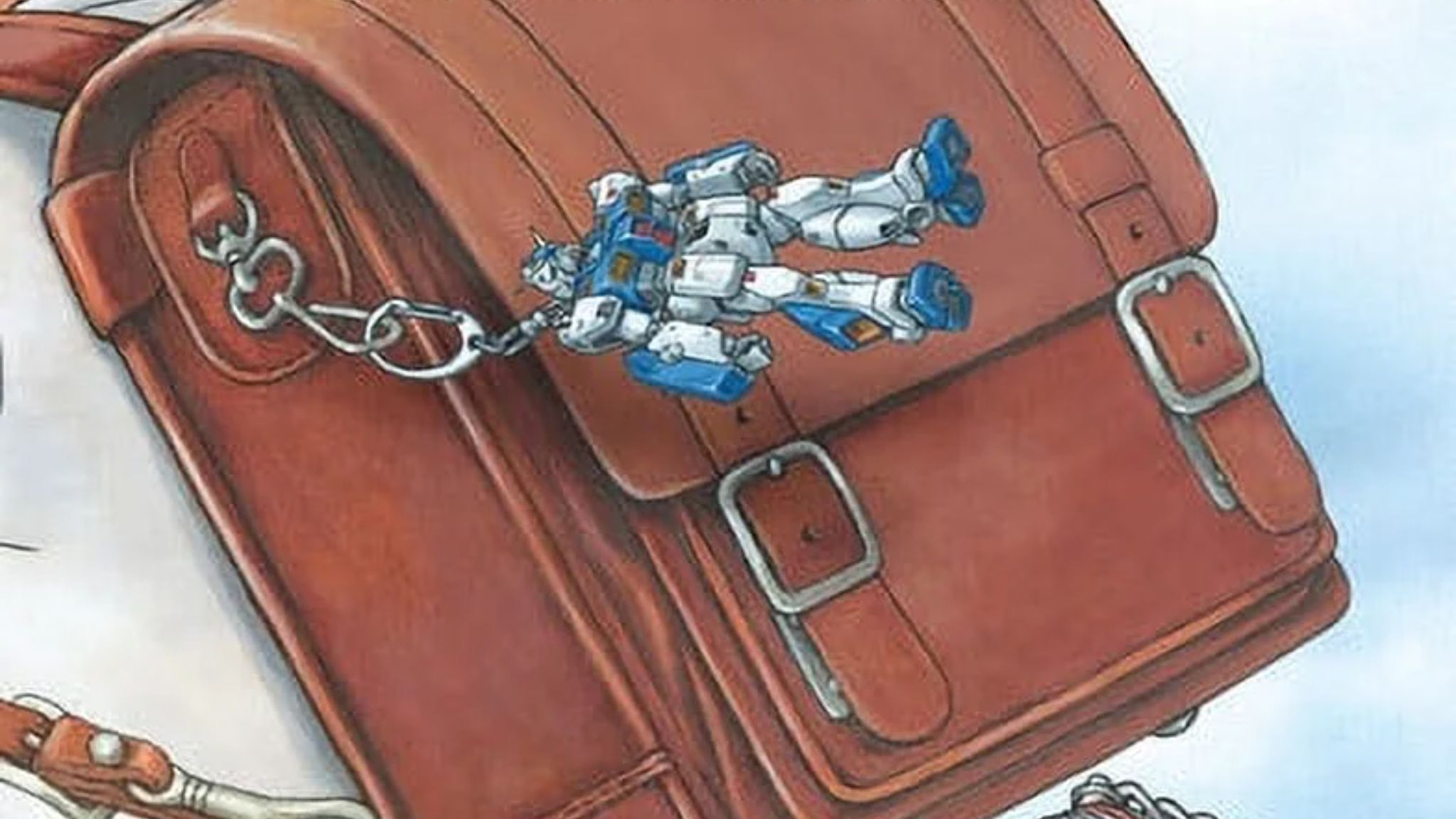
In the animated series “Mobile Suit Gundam 0080: War in the Pocket,” the anti-war message resonates deeply. This compact story, narrated from a child’s perspective, is set on a small space colony where a young boy meets an enemy soldier. Together they witness the construction of a new Gundam, a powerful mobile suit, further emphasizing the senselessness of war.
In just six episodes, the compactly-structured War in the Pocket delivers its message without delay. It skillfully builds the connection between its main characters and portrays life within a space colony, all while keeping the narrative tight. The series lends a poignant human touch to the conflict initially introduced in the first Gundam series, emphasizing the devastating personal consequences of war. War touches us all, and the melancholic finale of War in the Pocket underscores the unavoidable nature of strife.
Mobile Fighter G Gundam
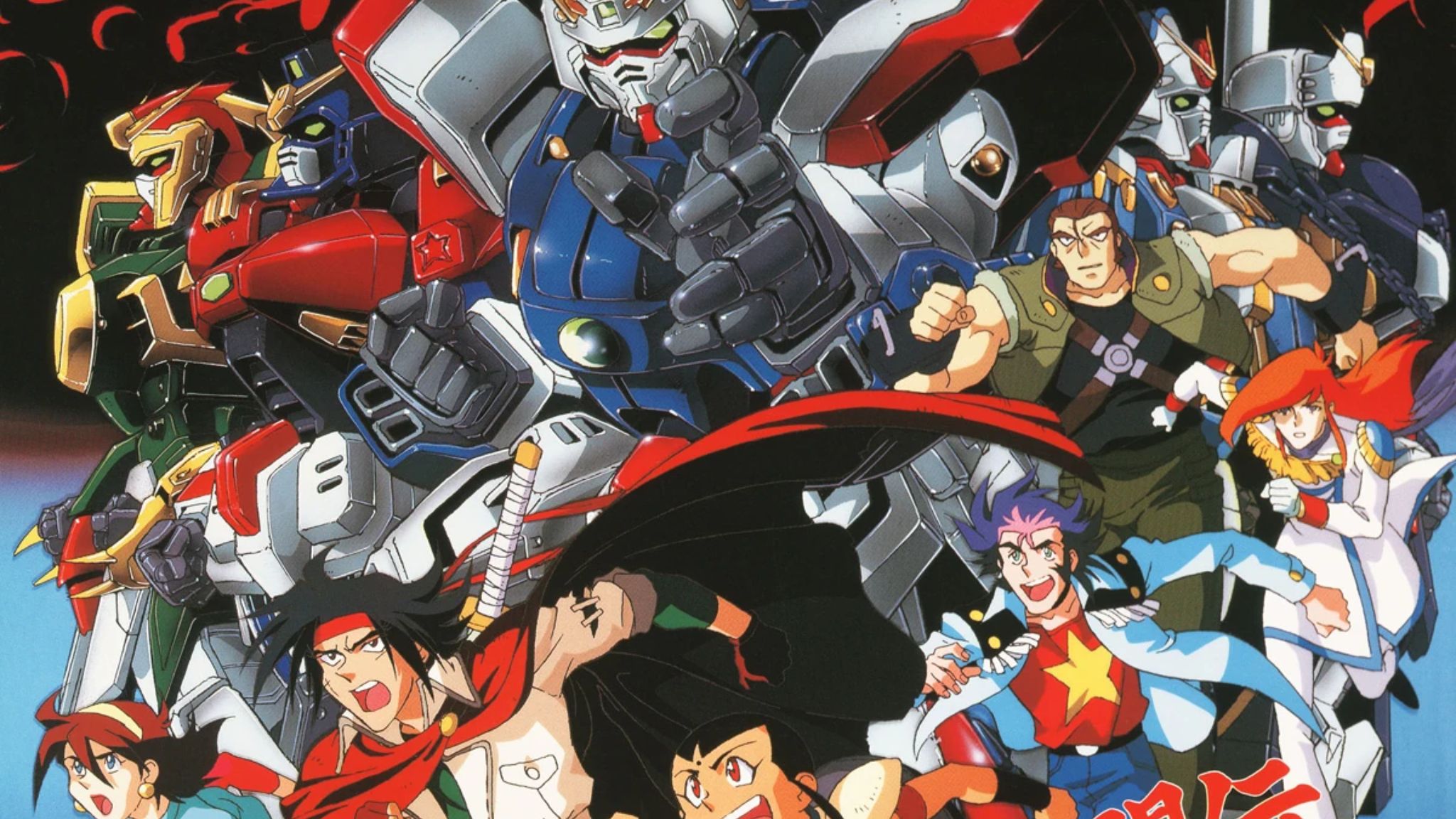
Having produced four series, three compilation films, two follow-up films in the theater, and numerous spin-offs, Sunrise Studio felt it was time to take Gundam beyond its primary storyline. The franchise then parted ways with the Universal Century and introduced its first show set in a distinct timeline, the Future Century. In place of the heavy debates about military and politics, Mobile Fighter G Gundam adopted a lively shonen atmosphere and a more playful, over-the-top tone.
In a world where nations collaborate for a Gundam competition, the victorious nation gains dominion over Earth for four years. Despite its playful tone, G Gundam offers a deep emotional connection through its main character that many viewers will relate to. The series does not shy away from serious themes, such as the class divide between Earth’s inhabitants and space colonies. Some may find its eccentricities off-putting, but the show’s intense dedication to its message makes it hard not to appreciate it.
Gundam Wing: Endless Waltz
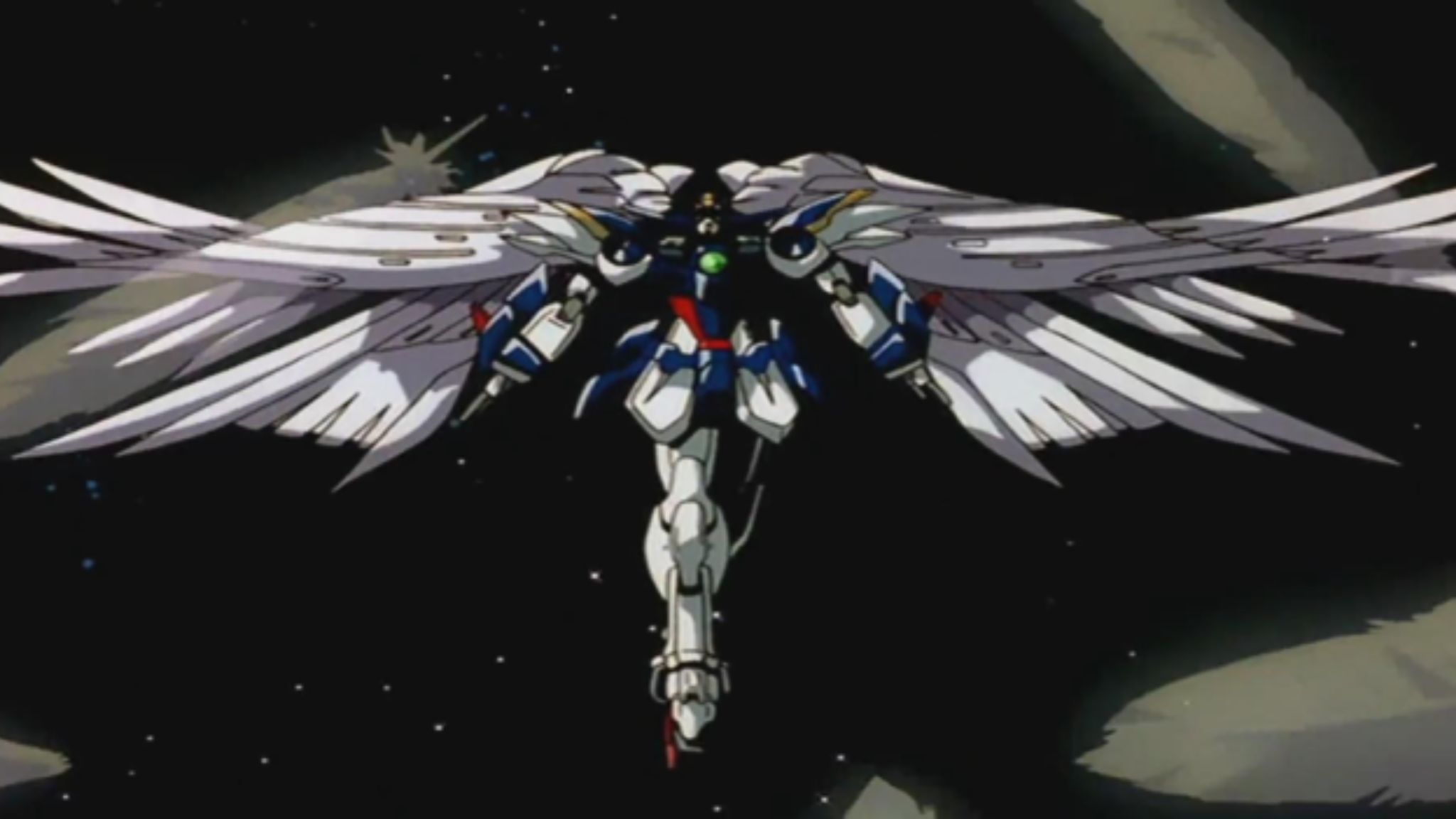
It’s a pity that to fully appreciate Gundam Wing: Endless Waltz, you must first watch the original Mobile Suit Gundam Wing series. This early Toonami favorite not only boosted the popularity of Gundam in the West, but also increased the recognition of anime as a whole. Unfortunately, the original series is quite complex, with its character intentions and storylines frequently changing until the decisive final battle. However, the mobile suits are visually impressive, and the action sequences remain iconic.
Anime titled “Endless Waltz” serves as a sequel to the OVA series “Gundam Wing.” Initially produced as an OVA, it was later transformed into a movie. The narrative of “Endless Waltz” is more straightforward and cohesive, providing a smooth journey from start to finish. Compared to the original series, the emotional resonance in this sequel is much stronger, offering viewers a clearer understanding of the show’s underlying messages. Some of the most thrilling action sequences in the entire Gundam franchise can be found in “Endless Waltz,” including the iconic scene where the Wing Gundam Zero unfurls its wings for the first time.
Turn A Gundam
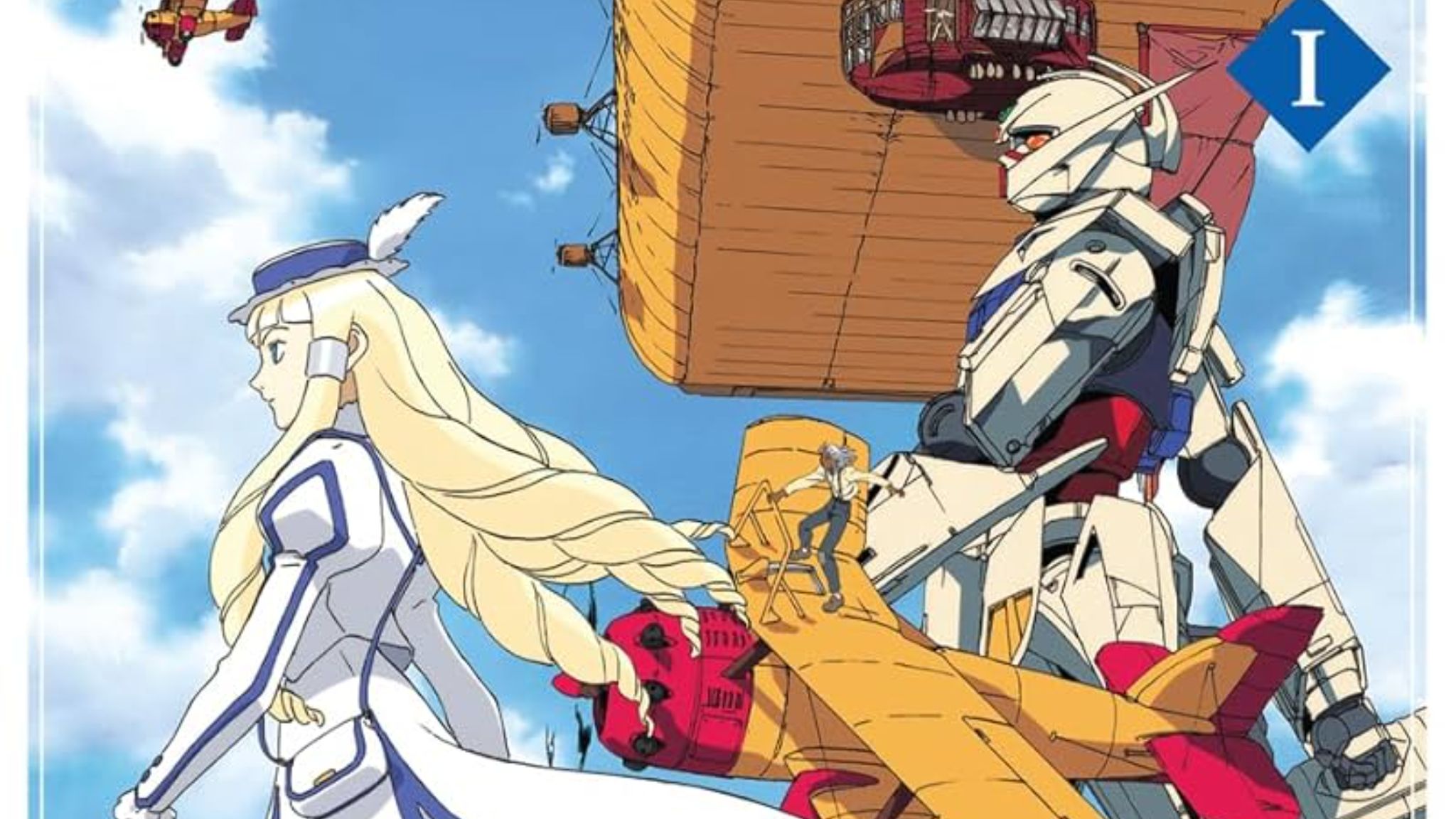
As a devoted fan of the Gundam universe, I’m beyond thrilled to see the original creator and lead director, Yoshiyuki Tomino, rejoining the franchise after some time away. Unlike his previous works that delved deeply into nihilism and the grim realities of politics, Turn A Gundam takes a refreshingly optimistic turn. While it still revolves around war, Tomino’s signature style is evident, but this time, the focus shifts away from viewing the Gundam merely as a tool for combat. Instead, it explores the Gundam as more than just a weapon, offering a perspective that resonates deeply with me.
In this rephrased version, let’s say: The characters in this show are generally more endearing compared to those in other works by Tomino, as they lack the major character flaws that were present in his previous Gundam series. Additionally, the mecha designs are quite unique and eccentric, with Syd Mead – an American film concept artist – providing illustrations. Despite these designs being unusual and quirky, especially for the main Gundam, the unconventional mechas contribute to the appeal of Turn A.
Mobile Suit Gundam 00
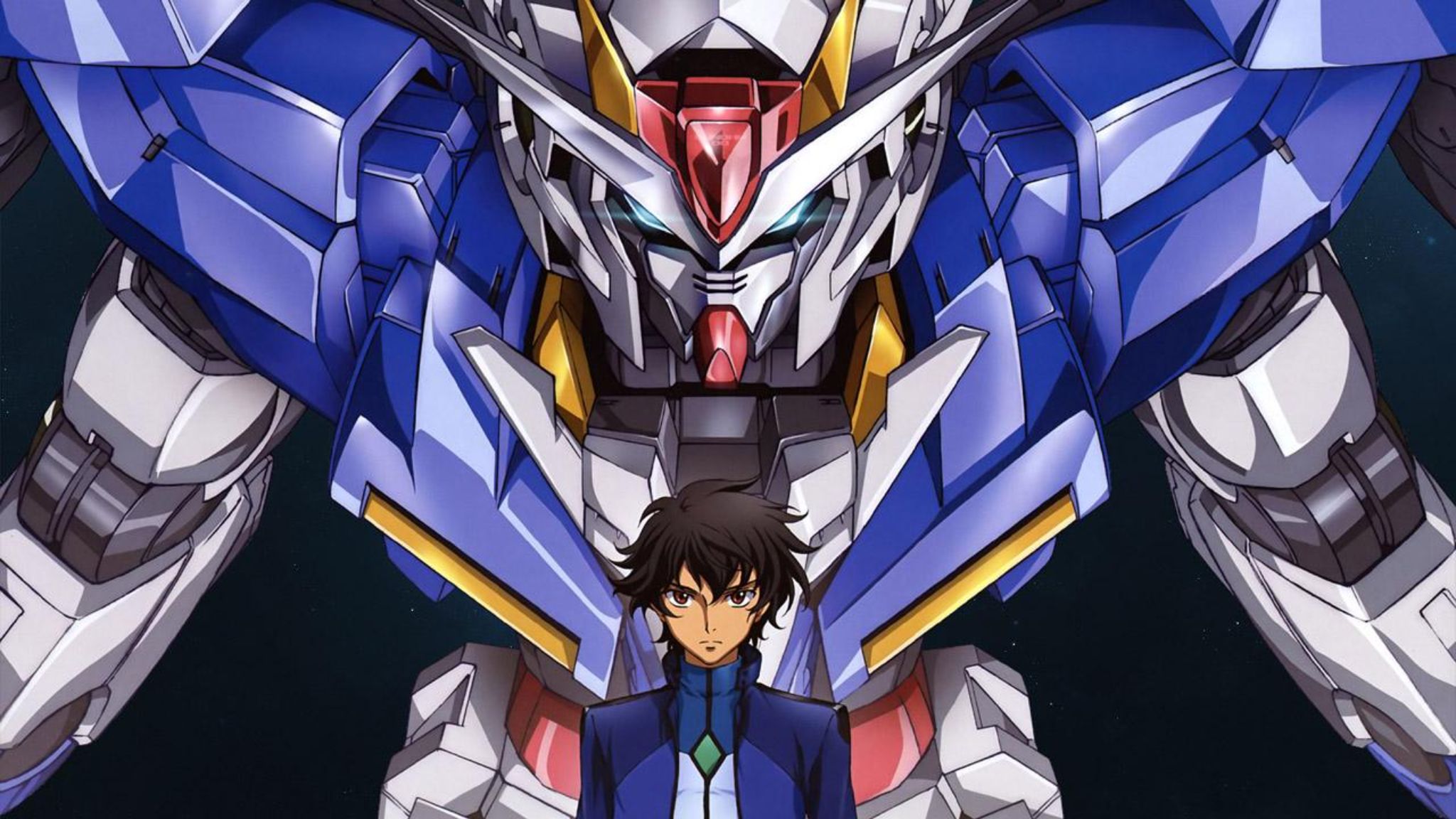
In a simpler and more conversational tone,
“Mobile Suit Gundam 00” tries to tackle numerous themes but sometimes comes across as less intelligent than it intends. Yet, the series has the courage to delve into sensitive topics like the ongoing conflicts in regions such as the Middle East through fictional nations. It sheds light on global injustices and provides viewers with a thought-provoking ‘what if’ situation. In “Gundam 00”, a mysterious organization called Celestial Being employs Gundams to compel every nation to cease all wars altogether.
The anime titled Gundam 00 presents a future rife with turmoil and unenlightened societies, with its geopolitical aspects being one of the show’s strengths, reflecting the real-world struggle to end conflicts. However, the second season takes a different approach as other parts of the world catch up in terms of Gundam technology, making Celestial Being the ones facing difficulties.
However, the series can be criticized for being overly moralistic at times, often judging characters for their passive ignorance and appearing superior about it. Additionally, the second season’s plot isn’t as clear, incorporating a twist reminiscent of the film Beerfest.
Despite these shortcomings, Gundam 00 boasts some truly stunning fight scenes that make it an enjoyable watch.
Gundam Build Fighters
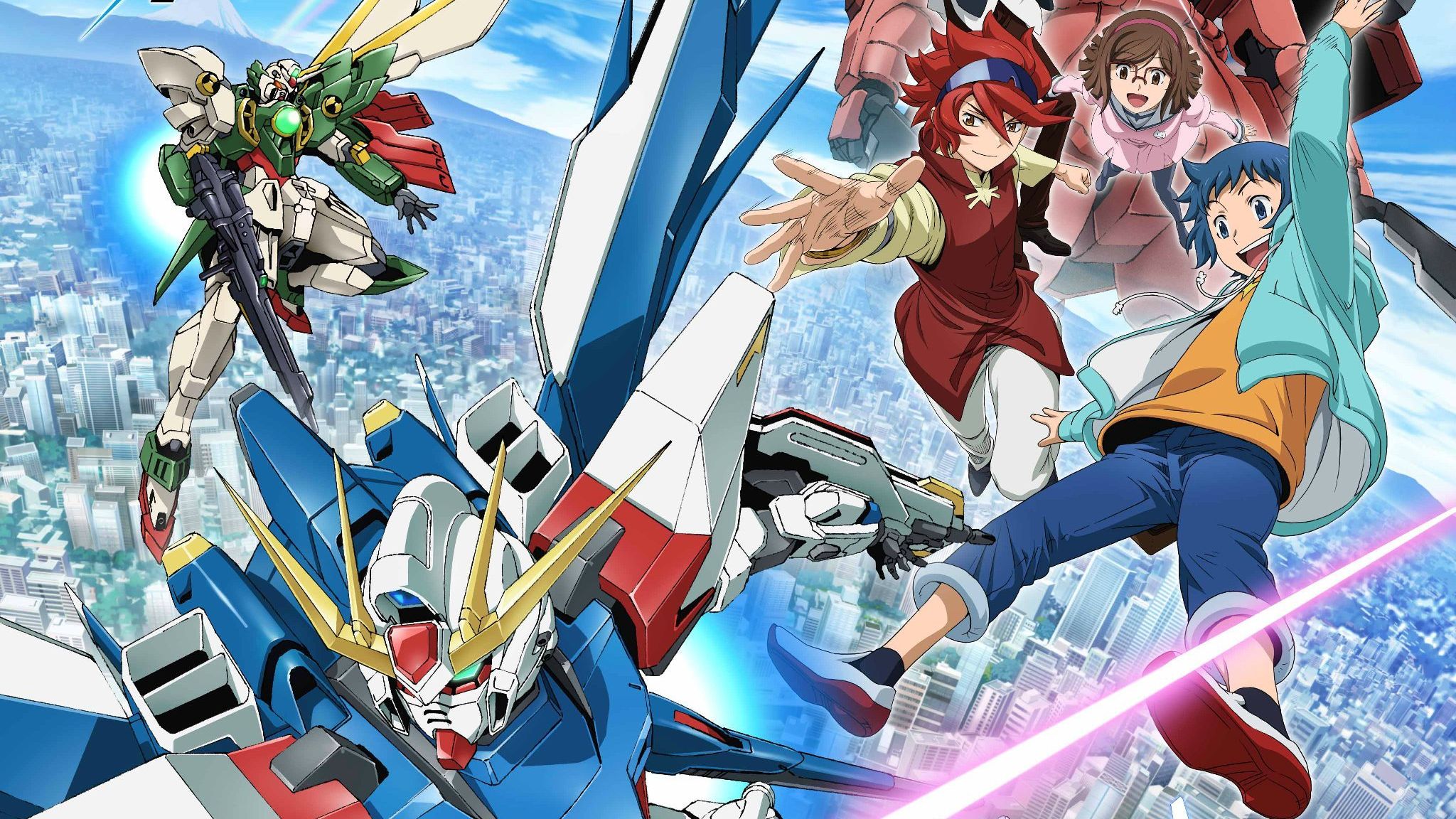
The main purpose behind Gundam is to promote the sales of plastic model kits, with its creators being able to express their anti-war ideologies as long as these kits continue selling. In the anime Gundam Build Fighters, the toy aspect of the series is amplified, focusing primarily on the model kits. This spinoff takes place in a universe where model kits, or Gunpla, come to life and engage in combat within unique machines that activate their movement and fighting abilities. Two boys aspire to participate with their Gunpla in a tournament, aiming to be crowned the ultimate Gunpla fighter.
The series maintains a light-hearted and casual tone, seldom being overly dramatic. It’s quite apparent that its primary purpose is to promote Gunpla sales. Despite this, the show genuinely appreciates the hobby. Build Fighters demonstrates the enjoyment derived from building these models, engaging with the model-collecting community. Although it may not be the most complex series within the franchise, it certainly embodies the most warmth.
Mobile Suit Gundam: Iron-Blooded Orphans
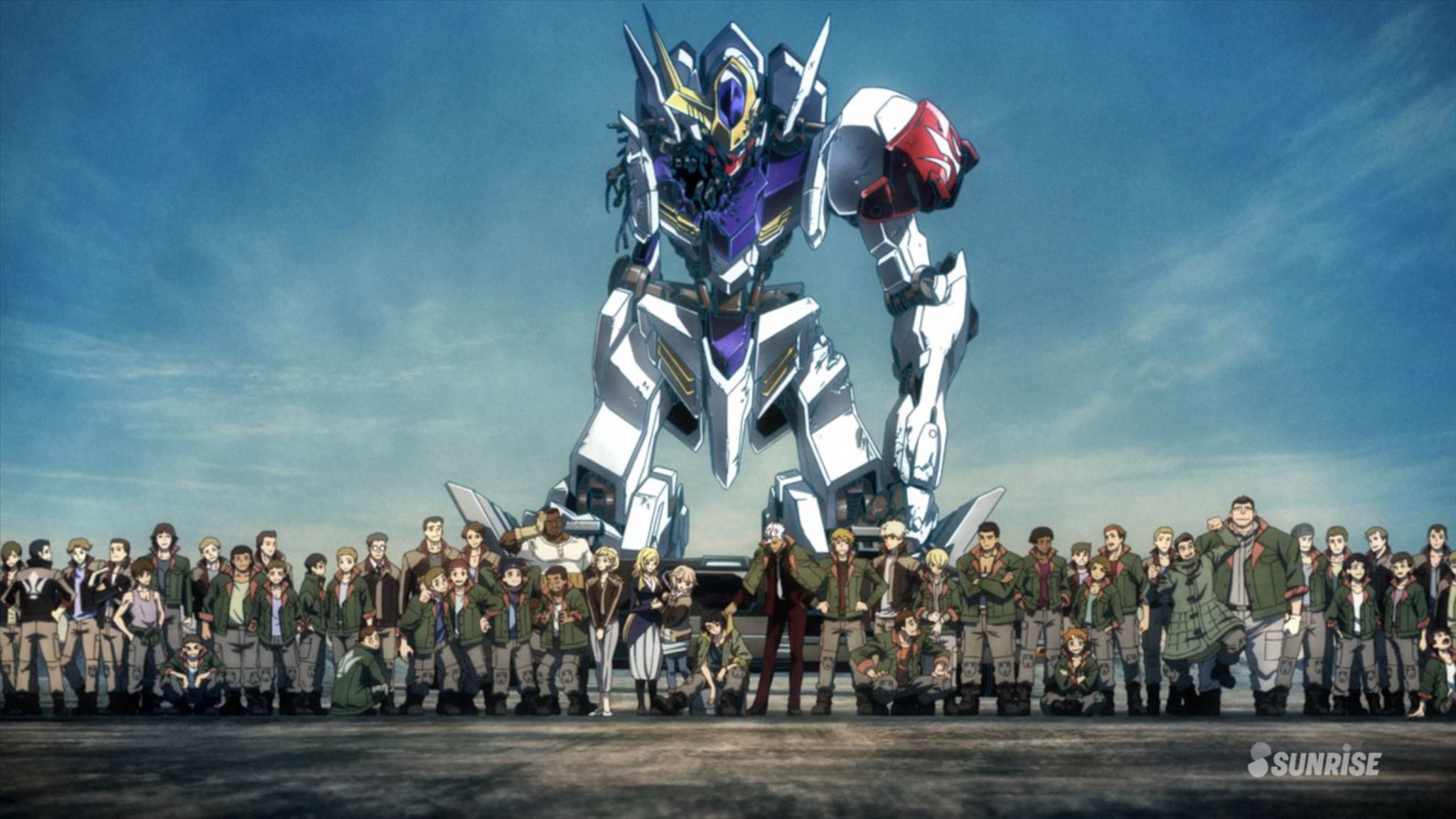
Regardless of the disorderly nature that some Gundam series may exhibit, there’s usually a pattern to them. Typically, the main characters belong to a bigger space team operating under a military structure. The show “Iron-Blooded Orphans” amplifies the turbulence that other Gundam series might lack, with a youthful cast striving for recognition. The primary characters in this story are orphan boys who seize control of a security corporation. Despite their lofty aspirations, these boys’ main asset is a solitary Gundam, piloted by a prodigy.
From my perspective as a viewer, the initial season of “Iron-Blooded Orphans” unfolds in a compelling and captivating manner, as it chronicles the journey of characters from Mars to Earth. The narrative concludes neatly, offering an inspiring tale about a band of underdogs triumphing against all odds. However, the second season appears less cohesive and tends to take an episodic approach, lacking a clear throughline until the closing stages. Yet, the final arc leaves a lasting impression, brimming with moments that linger in memory. Witnessing the Gundam Barbatos demolish other mecha remains thrilling, never growing monotonous.
Mobile Suit Gundam: The Witch from Mercury
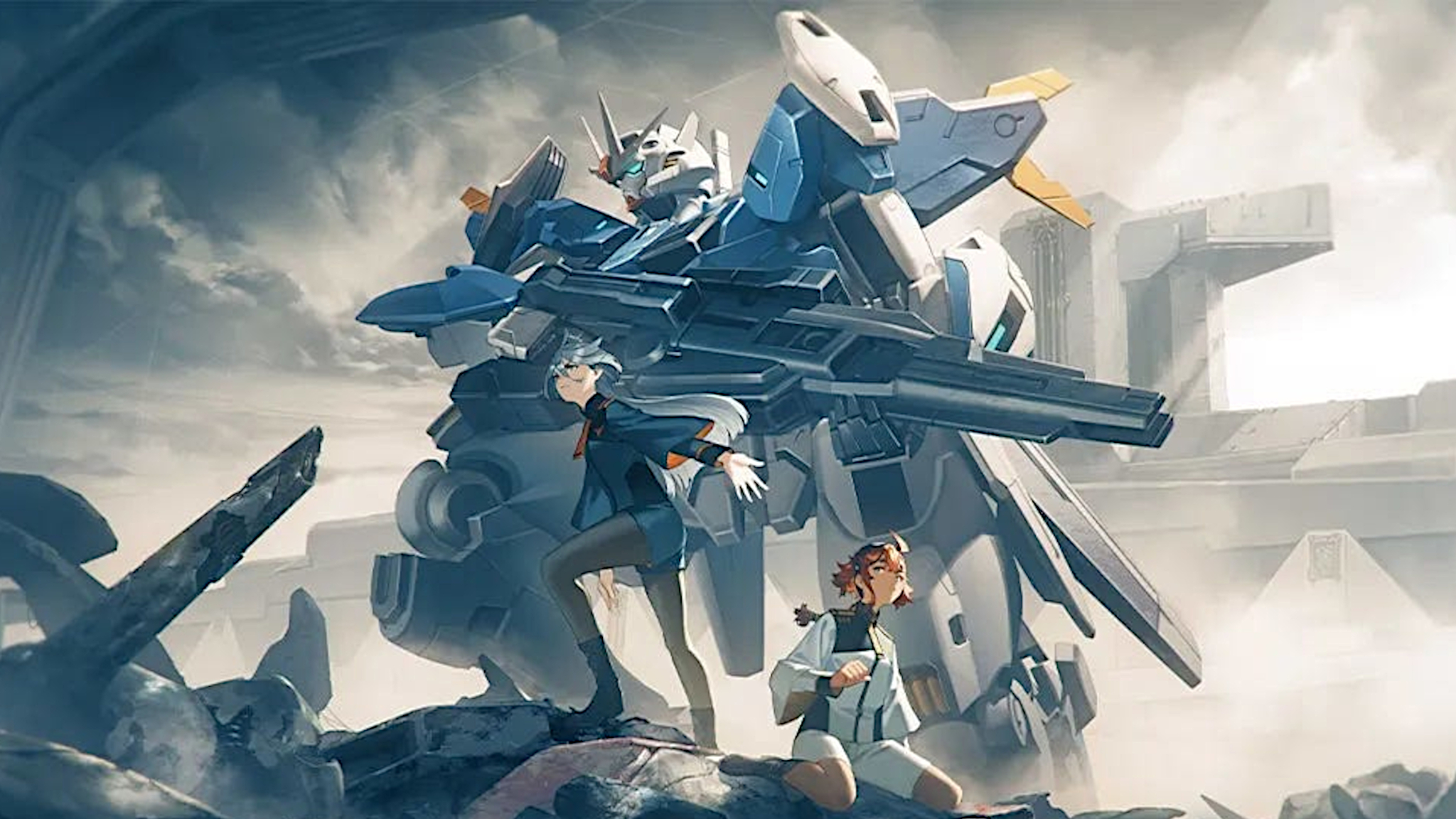
One regrettable aspect of Mobile Suit Gundam: The Witch from Mercury is that it was only aired for 25 episodes. This series introduced several novel elements, such as featuring the first female lead in a primary Gundam series and portraying the first same-sex romantic relationship. The story revolves around a young girl from Mercury who enrolls in a space academy as part of her mother’s plot, engaging in battles with other Gundam pilots on campus to maintain her connection with the president’s daughter of the largest corporation in space.
The series draws obvious influences from William Shakespeare’s “The Tempest,” providing viewers with a multi-layered tale encompassing themes such as revenge, love, family, and corporate intrigue. In an impressive blend of humor and intensity, The Witch from Mercury seamlessly combines the everyday life at school with captivating dramatic scenes that enhance the narrative’s depth.
Prospera Mercury, a compelling character who serves as the primary antagonist, stands out in Gundam for her complex motivations and exceptional voice acting. The series has garnered immense popularity since its release, leaving fans disappointed that it never received a follow-up 25-episode season.
Read More
- PI PREDICTION. PI cryptocurrency
- WCT PREDICTION. WCT cryptocurrency
- Guide: 18 PS5, PS4 Games You Should Buy in PS Store’s Extended Play Sale
- LPT PREDICTION. LPT cryptocurrency
- Gold Rate Forecast
- FANTASY LIFE i: The Girl Who Steals Time digital pre-orders now available for PS5, PS4, Xbox Series, and PC
- Shrek Fans Have Mixed Feelings About New Shrek 5 Character Designs (And There’s A Good Reason)
- SOL PREDICTION. SOL cryptocurrency
- Playmates’ Power Rangers Toyline Teaser Reveals First Lineup of Figures
- Here’s What the Dance Moms Cast Is Up to Now
2025-01-23 20:44